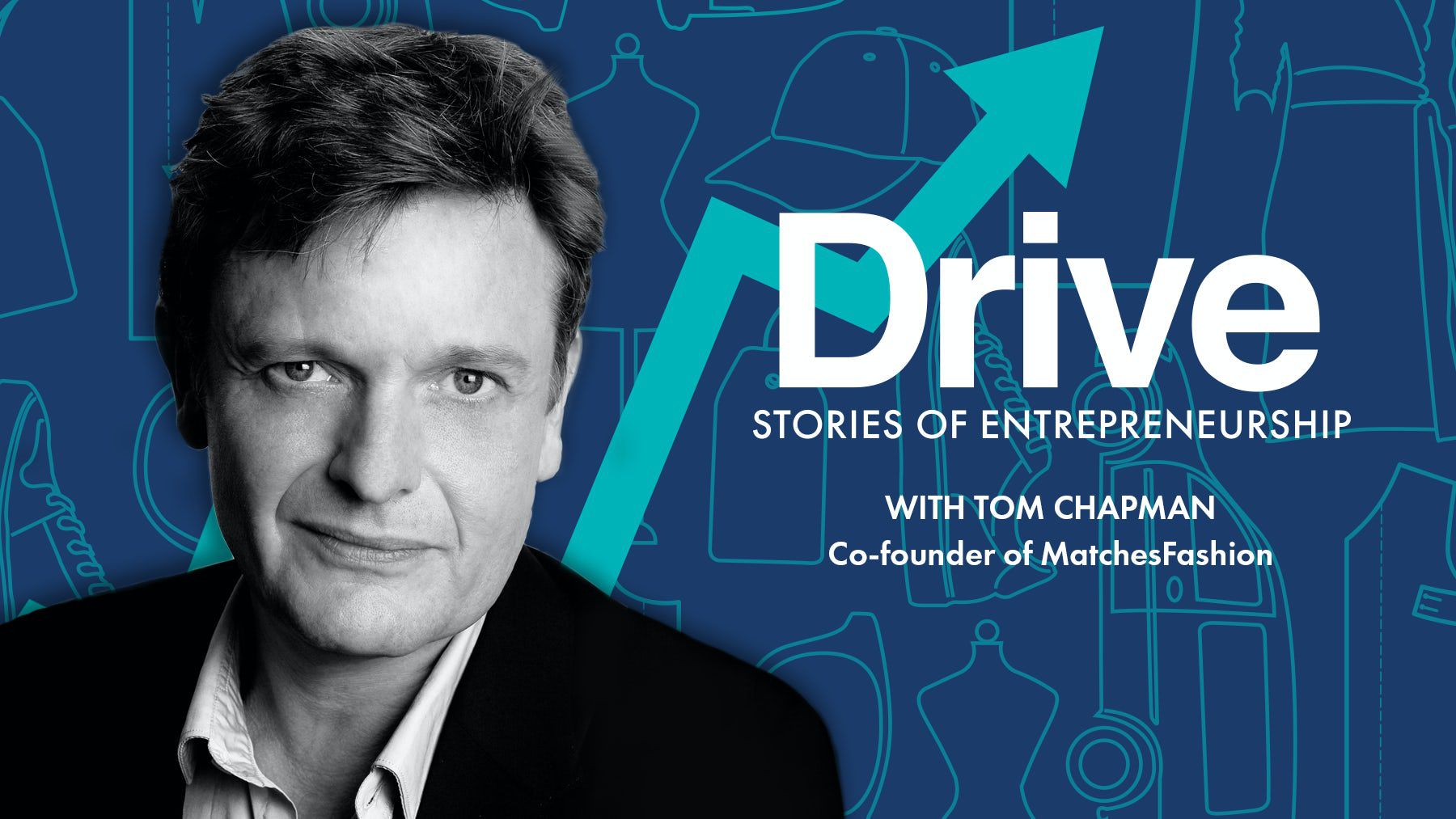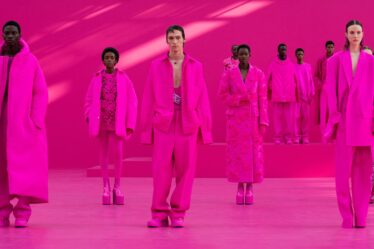
LONDON, United Kingdom — Welcome to episode six of Drive, BoF’s new podcast series featuring fashion’s most dynamic entrepreneurs discussing the special kind of resilience it takes to build a global fashion business, delivered by DHL.
In this episode, BoF’s Imran Amed sits down with Tom Chapman, who, together with his wife and business partner Ruth, turned a boutique in Wimbledon into a world leading e-commerce site and retail innovator. Tom and Ruth stepped down as joint chief executives in 2015, although remain the company’s joint chairmen. Two years later, the site was acquired by Apax Partners following a fierce bidding war for the luxury e-tailer. Apax took a majority stake of the company, which valued the company at $1 billion.
To drive its growth and eventual sale, the couple combined their talent as merchants with a willingness to break the rules of traditional retail to transform a collection of brick-and-mortar stores in London into a global e-commerce business that has flourished in a highly competitive space. “You have to have a vision of what you’re going to do, and you have to deliver that vision,” says the co-founder and joint chair. “I didn’t want to face these conversations with loads of other retail, loads of other brands, so we just stepped away from them,” says Tom Chapman.
MatchesFashion developed a buying strategy with a unique point of view, setting the company’s offering apart from the blander buys of its rivals, especially major department stores which have become increasingly undifferentiated. “You need to keep the magic of the business, you need to keep its personality, you need to keep its DNA of what it is. You need to accept the fact that sometimes, things just don’t have the return they should, but you need to have that representation to really be creative and to create a point of difference,” he continues.
When it comes to logistics, the company has also done the hard work of mastering global distribution and continues to innovate with services like 90-minute delivery in central London. The result has been a business with a trusted brand and a high-quality customer experience — something that is not easy to replicate. The e-commerce site, which currently draws around 3 million monthly visits, generates 95 percent of the company’s revenue — with 85 percent of that coming from outside the UK.
“I felt that if we were going to have customers who were living in Notting Hill, and they were going to be in Hong Kong, or they were going to be on holiday, or commuting, we should be able to supply them wherever they were in the world,” explains Chapman. With this global outlook, MatchesFashion’s revenue continues to rise, with the 2017 fiscal year revealing a 44 percent revenue increase to £293 million, which the company attributed to strong results in the US.
“I use this term, which is ‘magic in logic’ and I feel strongly that we’ve always driven our business with this balance,” says Chapman. “The selection, the curation, the storytelling and the logic of all the data — how do you marry those effectively? Because often, the logic tells you not to do something. Looking back, I would say there was no specific long-term strategy: ‘Let’s launch online and let’s grow into a global international business.’ The decisions we made have always been customer-focused decisions.”
It is that ability to focus on your consumers, as well as a special kind of passion, resilience and discipline, that create a sustainable global enterprise. Something we call Drive.
We hope you enjoy Episode 6!
To subscribe to Drive please follow this link.
To contact The Business of Fashion with comments, questions, or speaker ideas please e-mail podcast@businessoffashion.com


